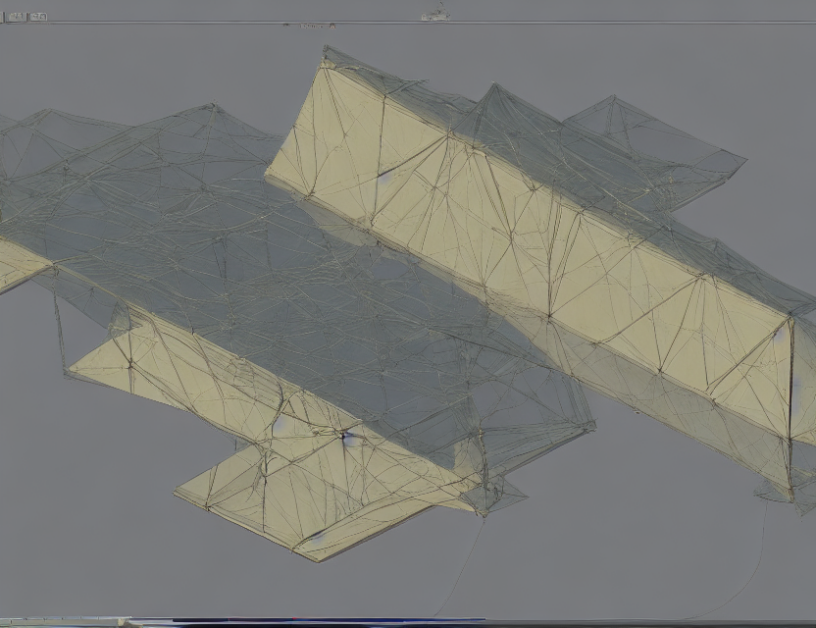In this article, we present a new numerical solver for solving the Navier-Stokes equations on curved surfaces. The Navier-Stokes equations are important in fluid dynamics and describe how fluids move and behave. However, solving these equations is challenging when the surface is curved, as traditional methods may not work well.
Our new solver uses a combination of finite element methods and the discrete exterior calculus (DEC). Finite element methods break down the problem into smaller parts, called elements, which are solved separately. DEC provides a way to compute the derivatives of functions on curved surfaces, which is essential for solving the Navier-Stokes equations.
To apply our solver, we first create a triangular mesh of the curved surface. This mesh is used to define the local reference frame, which is essential for solving the Navier-Stokes equations. We then discretize the problem by dividing the surface into smaller elements and solving the equations on each element.
One advantage of our solver is that it can handle complex geometries, such as those found in climate models. Climate models use triangular meshes to represent the Earth’s surface, which allows for detailed simulations of weather patterns and climate change. Our solver can be used to solve the Navier-Stokes equations on these surfaces, enabling more accurate simulations of weather and climate.
We tested our solver using a simple problem involving a fluid flowing over a spherical surface. Our results showed that our solver was able to accurately solve the problem, even in areas where traditional methods might struggle.
In summary, we have developed a new numerical solver for solving the Navier-Stokes equations on curved surfaces. Our solver combines finite element methods and discrete exterior calculus (DEC) to enable accurate solutions of fluid flow problems on complex geometries. This solver can be particularly useful in climate modeling, where detailed simulations of weather patterns and climate change require accurate solutions of the Navier-Stokes equations on curved surfaces.
Mathematics, Numerical Analysis
Lifted Finite Element Methods for Compressible Fluid Dynamics



